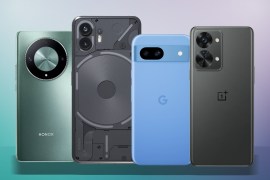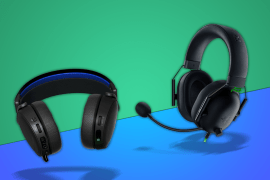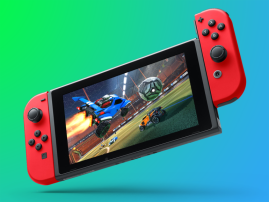Microsoft Surface Duo review
Mo screens, mo problems?
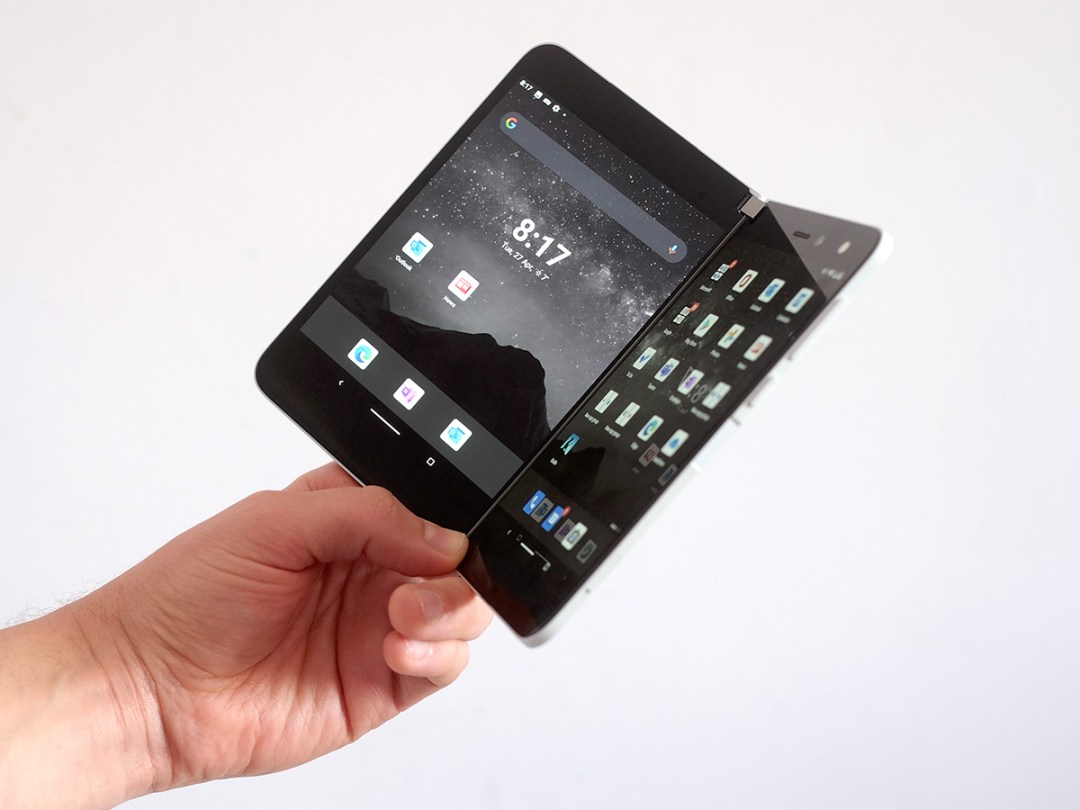
When you’re a kid there’s a clear line between dreams and nightmares. As an adult a dream about your home town getting wiped out by a 100m wave might be the most interesting that happens all week. Even if your dream friends and family do all get washed away by the surf.
The Microsoft Surface Duo is a bit like one of these dreams. It’s exciting, it’s sure as hell interesting, but some parts are a little nightmarish.
It costs at least £1349 but has a 2-year-old processor, and sometimes feels like has less power than a £200 phone. Oh, and the camera array actually is worse than those of the best £200 phones.
There are headaches, glitches and hitches ahead if you buy this fold-up mobile.
You wouldn’t exactly call the Microsoft Surface Duo a stellar deal. But it is a bit of an engineering marvel, offers you treats you don’t get anywhere else and is arguably still the only folding phone that sort-of makes sense.
Design: Hinge vs fold
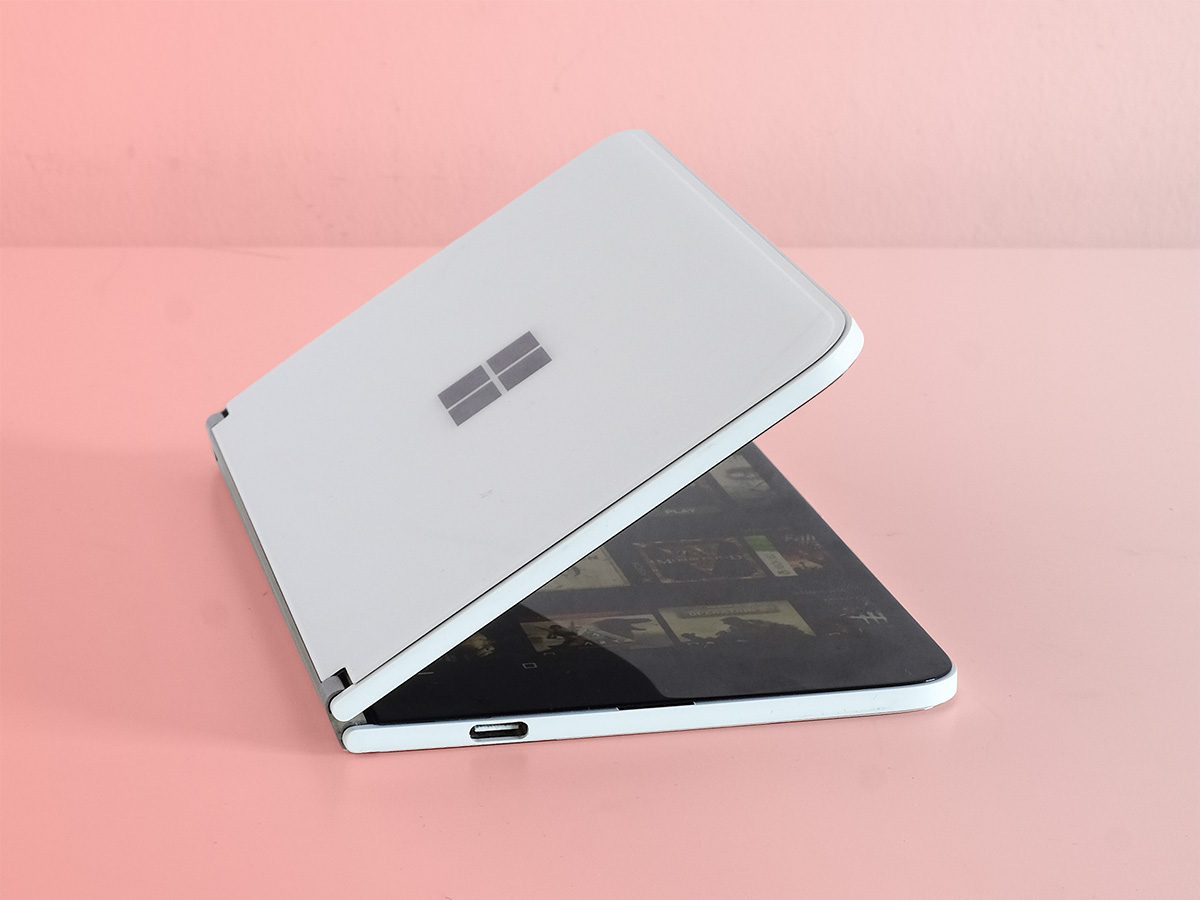
One part of every other folding phone is pure nightmare: durability. You could probably scratch the inner screen of a Samsung Z Fold 2 with a plastic spoon if you tried hard enough.
The issue is that the kind of toughened glass seen in normal phones just isn’t feasible for foldables, because it doesn’t fold. Microsoft side-steps this problem by taking a 15-year-old icon as the spiritual inspiration for the Surface Duo.
It has two separate screens, a bit like a Nintendo DS. Each has a tough glass layer, so there are none of the traditional worries of a genuinely flexible folding phone.
The two parts of the Microsoft Surface Duo are held together by a metal hinge similar to one you might see in a 360-degree hybrid laptop. It’s sturdy, smooth and looks dead swish.
Before the Surface Duo actually arrived we had a preconceived image of something chunky and slightly ungainly: the sort of thing you might picture if you imagined Microsoft making a Nintendo DS. But in reality the Surface Duo is quite delightful.
Each part of the Surface sandwich is ultra-thin, resulting in total thickness of just 9.9mm. That is almost the same as some totally normal phones, like the Moto G100. The inner and outer panels are glass, and while the rim around the outside is plastic, its severe edges are in-line with the slick and severe style.
Screen: Double dose of retro OLED
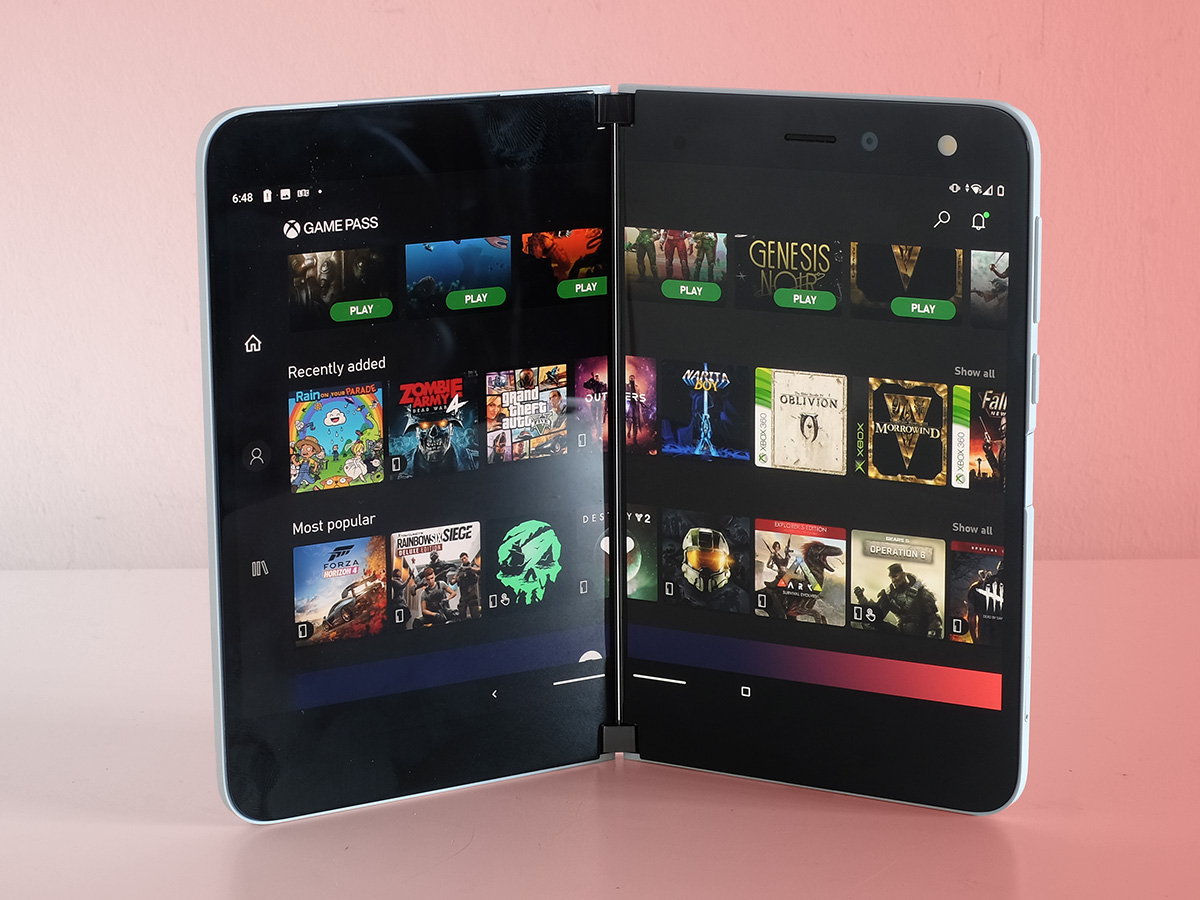
Each of the Microsoft Surface Duo displays is 5.6 inches across and, unlike folding screen phones, they don’t even get close to filling the inside. There are fat borders above and below each.
Use the Microsoft Surface Duo with just one screen, the other folded around the back, and it seems a bit like a phone from years ago, before ultra-tall front-filling ones became the norm. There’s an obvious justification for this. It gives you somewhere to rest your thumb, to stabilise the phone. And you’ll need to do this because when opened up the Microsoft Surface Duo is a bit like a little paperback book. You’ll want to either hold it in two hands, or with your thumb resting in the valley formed in the middle, to stop this £1449 tumbling out of your mitts.
The actual display tech is unremarkable. Each of the panels is an 1800 x 1350 OLED. Colour and contrast are great, as you might expect, but sharpness is just OK given the price. Look close and you can see a bit of the “fizz” common in OLED screens that don’t have an incredibly high number of pixels.
Brightness isn’t close to a top phone like the Galaxy S21 or iPhone 12 Pro Max either, although you’ll only notice this outdoors on a bright day.
Flexi features
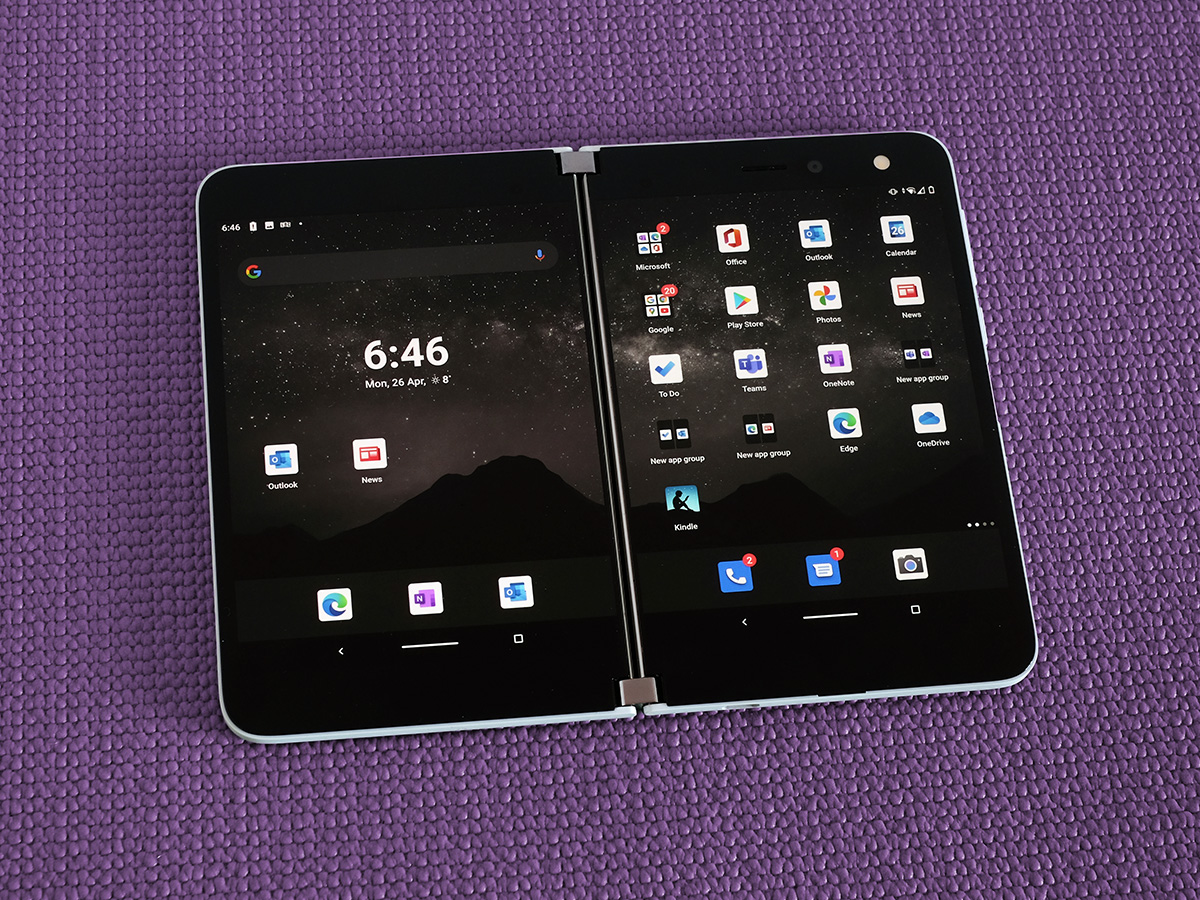
The Microsoft Surface Duo is a novel idea, but not all the tech is cutting-edge. What you can actually do with the thing matters much more. Let’s deal with what you can do, and then we’ll cover some of the headaches the folding style introduces.
The ability to run two apps side-by-side is one of the best bits. You could have WhatsApp on one screen, a browser on the other. YouTube and Twitter might make a nice pairing, or Microsoft Solitaire and your work emails. It’s either a productivity win, for researching stuff. Or a procrastinator’s ultimate downfall.
Running two apps at once in Android is nothing new. The Samsung Galaxy S3 could do that almost 10 years ago, but now it doesn’t look like the apps are crammed into a tiny unnatural space. There’s also a basic drag and drop function you can use between apps, although this comes across as a repurposing of the copy and paste many of us use all the time on a single-screen phone. You can plonk “app groups” on your homscreens. These are combos of apps, used to avoid having to open them up separately all the time.
A few apps also have modes made for dual-screen use, but it’s mostly Microsoft apps. In Office, for example, you’ll see the equivalent of a ‘file menu’ screen as well as the doc you’re writing.
The Microsoft Surface Duo’s appeal is more obvious when you let an app fill both screens. Web pages suddenly look more as they might on a tablet, even if there is a little empty black bar in the middle.
Hybrid headaches
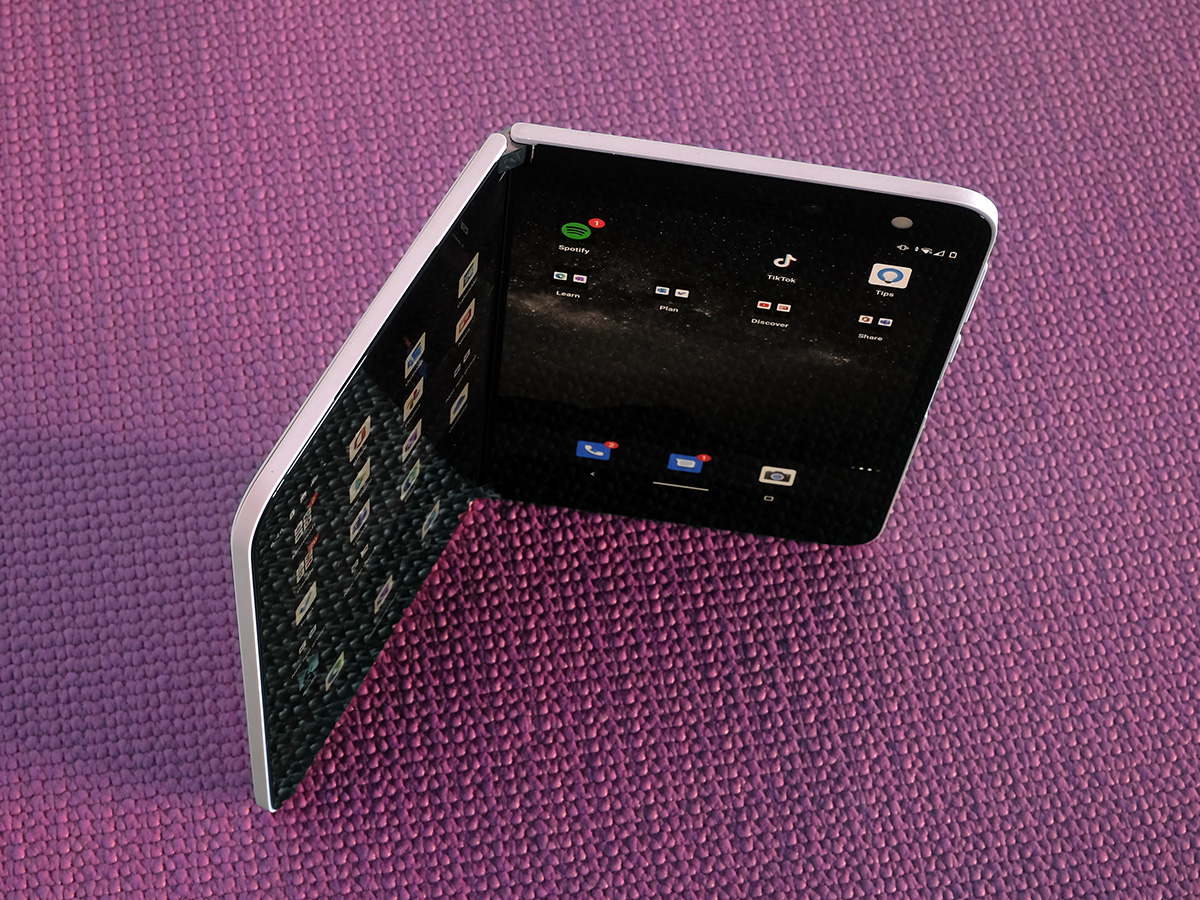
You can try it for games and videos too, but should you? Microsoft has set up the screen so any stuff that would be behind the blank bit between the display is left out. It’s like you’re watching a film with a pillar sat right in front of you, and that’s not good news. And where do games often put the most important parts of the action? Right in the centre.
We tried playing Fallout 4 on the Microsoft Surface Duo via Xbox Game Pass, and it wasn’t too bad an experience, game streaming visual issues aside. But would we want to play a whole epic adventure game or a 2-hour movie on the Duo? Probably not. If the Microsoft Surface Duo is the solution to a problem (and we’re not entirely sure it is), it brings its own therapy-worthy baggage along for the ride.
There’s other fallout to the Microsoft Surface Duo’s hybrid style too. Most phones are designed to be used, for the most part, upright. You may use landscape mode for photos, video or some games, but for general navigation it’s upright all the way. The Microsoft Surface Duo is different, and that means it needs to react to changes of orientation quickly. And it doesn’t. You’re often left waiting for it to catch up with you. The same is true when you try to switch to the other side of the phone in “one screen” mode, where only one display is lit.
For a dual-screen concept like this to truly work, it needs to be seamless, and the Microsoft Surface Duo is not. Using it is frequently quite frustrating, and many times it has stubbornly refused to respond to unlocks or soft key presses. The Microsoft Surface Duo simply is not on the ball some of the time. Too much of the time, given how much it costs.
You could try to blame this on the Snapdragon 855 CPU. It’s kinda old, already superseded by the Snapdragon 855+, then the Snapdragon 865, then the Snapdragon 865+ and, finally, the Snapdragon 888 more recently. However, this processor is still plenty powerful, and some of the laggy pauses are to do with real basic stuff.
It’s as if the Microsoft Surface Duo is wearing those glasses with a picture of open eyes where the lenses would be, but it’s actually asleep behind them. We can’t put this down to launch bugs either, as the Surface Duo has been around in the US for months. The software is a bit of a mess.
Camera: The one-eyed man isn’t king
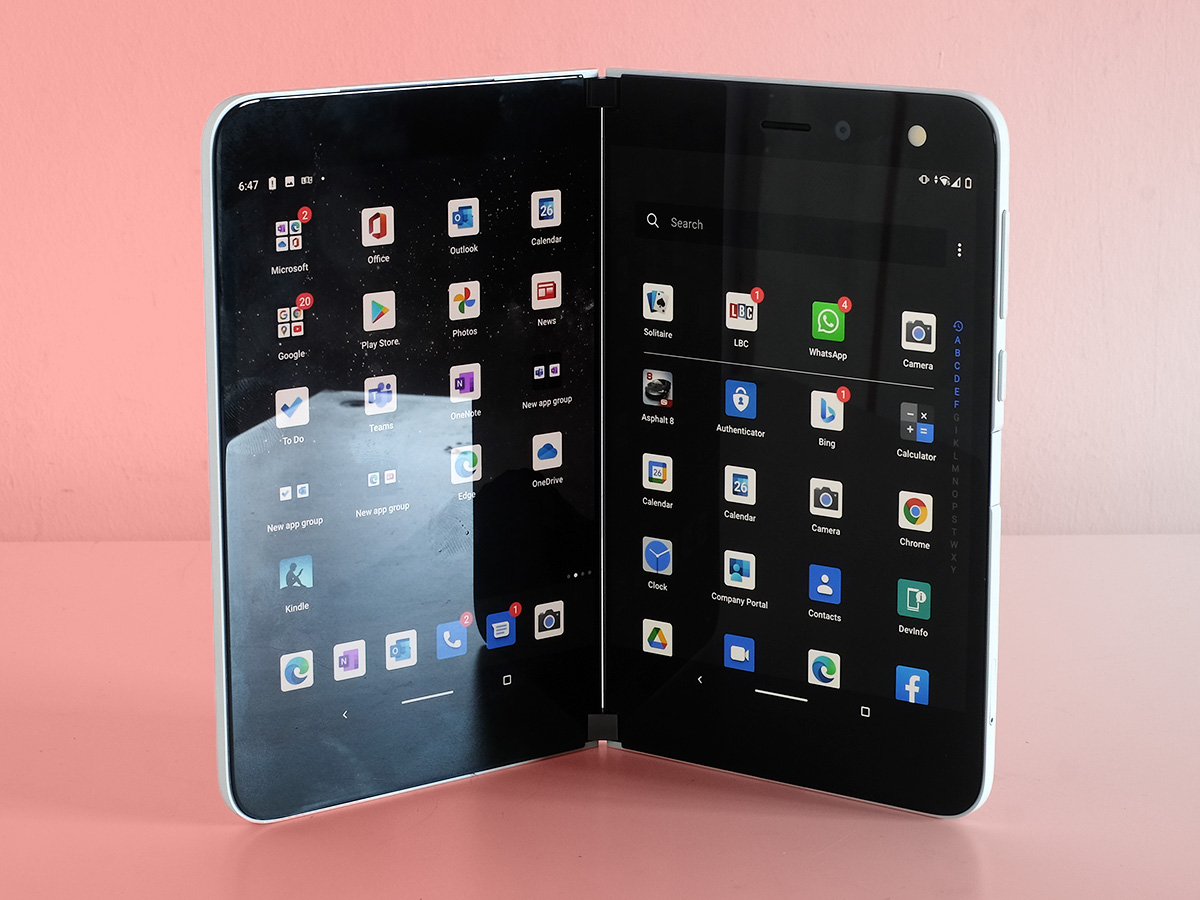
There’s no redemption coming for the camera either, which is dreadful given it sits in a £1000-plus phone. Plenty of Androids around the £200-250 mark beat it. The Microsoft Surface Duo has just one 11MP camera, and it doesn’t have a big sensor or a good lens.
Photos look messy in the corners, colour is flat, contrast is fairly poor and low-light photos are soft as margarine. By the standards of £400 phones, let alone £1400 ones, these images look lifeless.
It’s not a fun camera to use either. There’s loads of shutter lag, the image captured an age after you hit the shutter button. Getting the camera app to appear on the right display can seem far too much of a trial, and the simple act of getting the thing out and flipping the screen over wipes out the immediacy of phone photography.
The Microsoft Surface Duo’s camera sucks from just about every angle, apart from perhaps video chat and selfies. Compromised camera hardware is probably the result of the ultra-thin wafer of glass in which the thing has to sit. There’s no room for a monster camera in something less than 5mm thick. But the camera’s laggy feel? We can blame Microsoft for that at least.
Battery life: Twin cells

This same design is also a potential battery headache, one Microsoft solves by putting batteries in both sides of the Surface Duo. However, total capacity is still a fairly lowly 3577mAh.
Most days it lasts through the day just fine, with a small amount of charge left. But this is in part because when you live with a Microsoft Surface Duo, you tend to take it out of your pocket less often. The faff of opening it up alone may make you reconsider pulling it out at every WhatsApp alert. Maybe that is not such a bad thing.
On a day we did some video streaming and a bit of gaming, it was almost dead by 7pm. The Microsoft Surface Duo is not a battery life monster, just as the battery capacity suggests. But it’s also not a key reason to be turned off by the phone.
There are a couple of other compromises caused by the flip-over design. The Microsoft Surface Duo only has one speaker, above the left-side display, and it doesn’t have the lower frequency power of other phones. The Microsoft Surface Duo also tends to get noticeably warm far more quickly than almost all the other Androids we’ve tested in the last few years. This is no great surprise when you think about it.
While Microsoft may be able to share the battery over the two sides, most of the good stuff has to live in one side, meaning there’s virtually no room for a proper heat dispersal system. Oh well.
Microsoft Duo Verdict

The Microsoft Surface Duo is one of the most intriguing phones money can buy. It can be like two phones running side-by-side, if you want it to be. It can act like a mini tablet, with a black column running down the middle you’ll have to do your best to ignore.
And unlike the actual folding phones, the Microsoft Surface Duo doesn’t feel like you could accidentally destroy it if you forget to cut your fingernails.
We’re glad the Microsoft Surface Duo exists. Whether you should buy it is another issue. A bad camera and buggy, often laggy, software mean the actual experience doesn’t match the slick design. The Microsoft Surface Duo is an experiment, and not a failed one. We’re just not sure we want to live with, or pay at least £1350 for, an experiment.
Stuff Says…
It’s unlike anything else out there, but the Microsoft Surface Duo may test your patience
Good Stuff
Tougher than actual folding phones
Surprisingly slim, slick design
Has some neat multi-tasking potential
Bad Stuff
Bad, slow camera
Old processor
Buggy, sometimes unresponsive, software
Expensive
Tech specs
| Processor | Snapdragon 855 CPU |
| Screen | 8.1in 2700 x 1800 OLED screen |
| Camera | 11MP camera |
| Storage | 128/256GB |
| Battery | 3577mAh battery |
| Weight | 250g |

